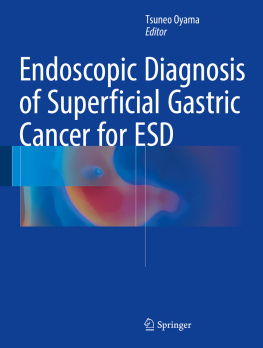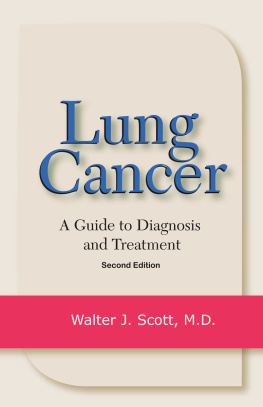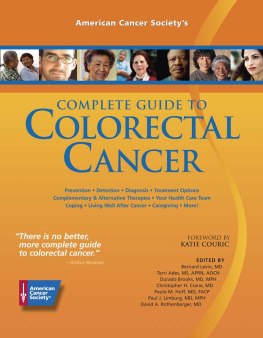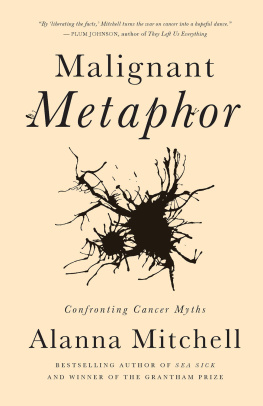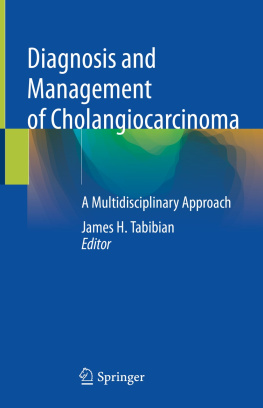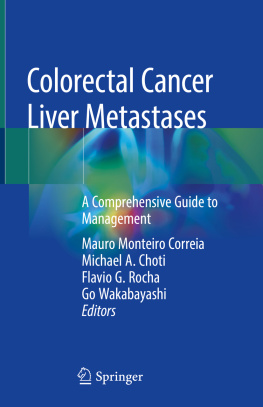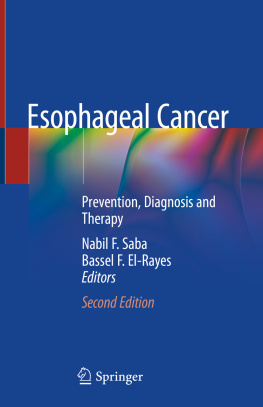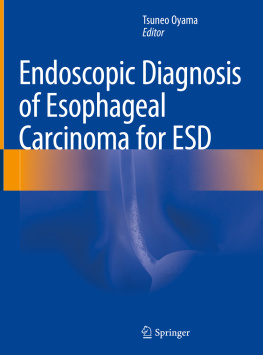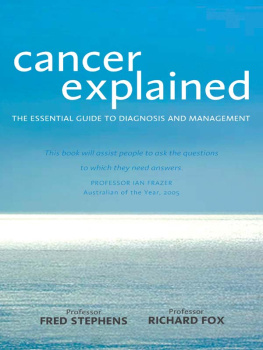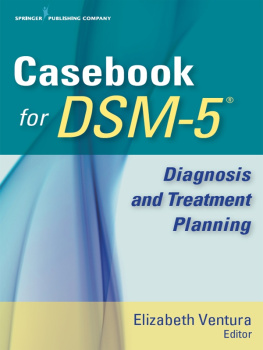1. Indications for Endoscopic Submucosal Dissection of Early Gastric Cancer
Endoscopic mucosal resection (EMR) of early gastric cancer (EGC) has developed in the early 1980s, such as strip biopsy method []. These methods are classified into conventional EMR methods. These are simple and safe methods, but lesion size which can be resected in en bloc fashion is limited.
Endoscopic submucosal dissection (ESD), which is characterized by mucosal incision surrounding a lesion followed by submucosal dissection, has developed in the late 1990s. This new type of methods such as IT knife method [] resulted in extending indications for safe and large en bloc resection.
Indications for EMR/ESD of EGC were proposed by the Japanese gastric cancer treatment guidelines of the Japanese Gastric Cancer Association (JGCA) [].
1.1 Absolute Indication for EMR/ESD (Endoscopic Resection as a Standard Treatment)
The principle behind indications for EMR/ESD is EGC which has negligible risk of lymph node metastasis and is suitable for en bloc resection. Therefore, the absolute indication for EMR/ESD is defined as an EGC which is a differentiated-type adenocarcinoma without ulcerative findings (UL()) and of which the depth of invasion is clinically diagnosed as T1a and the diameter is 2 cm. The necessary conditions for curative resection are lesions which can be resected en bloc, with tumor size 2 cm, adenocarcinoma of differentiated type, pT1a, horizontal/vertical margins negative, and without lymphatic or vascular involvements (Table ).
Table 1.1
Endoscopic mucosal resection (EMR) indication
Principles of indication | Tumor with little possibility of lymph node metastasis, which can be removed en bloc according to its location and size |
Criteria details | Macroscopic mucosal cancer (cM) of differentiated type (pap, tub1, tub2) less than 2 cm in diameter |
No ulceration or scar in cases of depressed type, irrespective of macroscopic type |
1.2 Expanded Indications for ESD (Endoscopic Resection as an Investigative Treatment)
A previous report containing analyses of long-term prognosis of large number of patients with EGCs demonstrated that the 5-year cancer-specific survival rates of EGC limited to the mucosa or the submucosa were 99 % and 96 %, respectively [).
Fig. 1.1
Absolute indication for EMR/ESD and expanded indications for ESD
Table 1.2
Criteria for expansion of local treatment, derived from our results
Criteria | Intramucosal cancer | Intramucosal cancer | Minute submucosal penetration (SM1) | Undifferentiated intramucosal cancer |
Differentiated adenocarcinoma | Differentiated adenocarcinoma | Differentiated adenocarcinoma |
No lymphovascular invasion | No lymphovascular invasion | No lymphovascular invasion | No lymphovascular invasion |
Irrespective of ulcer findings | Without ulcer findings | Without ulcer findings |
Tumor less than 3 cm in size | Irrespective of tumor size | Tumor less than 3 cm in size | Tumor less than 3 cm in size |
Incidence | 1/1230 (0 %) | 0/929 (0 %) | 0/145 (0 %) | 0/141 (0 %) |
95 % CI | 00.3 % | 00.4 % | 02.5 % | 02.6 % |
Gitoda et al.: Gastric Cancer 3: 219225, 2000
Evidences concerning mixed histological types with differentiated- and undifferentiated-type gastric cancers are still insufficient. Therefore, conditions as below are considered as indications for additional surgical resection with lymph node dissection: (i) areas of undifferentiated-type carcinoma that exceed 2 cm in (a) above, (ii) any components of undifferentiated-type carcinoma in (b) above, and (iii) undifferentiated-type components in the submucosal invasion in (d) above.
1.3 Lesions Which Are Out of Indications for EMR/ESD (Endoscopic Resection in Special Situations)
Lesions which do not fulfill the absolute indication or the expanded indications are considered as out-of-indication lesions. Also, lesions which show lymphovascular invasions by histopathological evaluation are categorized as out-of-indication lesions.
Out-of-indication lesions, in general, are estimated to have risks of lymphatic invasion of at least 510 % and therefore are recommended for surgical resection by the gastric cancer treatment guidelines of the JGCA []. However, endoscopic resection may be considered as an alternative treatment in situations when surgical treatments are difficult because of old age or higher risk of complications.
1.4 Curative and Non-curative Resections
Curability status must be determined finally by pathological evaluations of endoscopically resected specimens. Pathologically speaking, complete curability must fulfill all of the abovementioned conditions of expanded indications as well as confirmation of cancer-free cut ends and absence of lymphatic and vascular invasions. Since divided resections make evaluation for cut ends, as well as depth of invasion, and lymphovascular involvements very difficult, en bloc resections are desirable. Even when pre-resection diagnosis based on biopsy is WDA, resection is non-curative if the final pathological diagnosis is undifferentiated adenocarcinomas. When ulcer scars are not detectible endoscopically but confirmed histologically, curability status must be considered as in ulcer-accompanied lesions.
1.5 Future Perspectives of ESD
There are a few reports about long-term prognosis about expanded criteria for ESD. Gotoda et al. reported that the 5-year overall survival of the expanded criteria group ( n =625) was 93.4 % and there was no significant difference with guideline criteria group ( n =635, 92.4 %) [].
References
Tada M, Shimada M, Murakami F, et al. Development of strip-off biopsy. Gastroenterol Endosc (in Japanese with English abstract). 1984;26:8339.
Hirao M, Kobayashi T, Hase Y, et al. Endoscopic resection of early gastric carcinomas and other gastric lesions with malignant potential. Gastroenterol Endosc (in Japanese with English abstract). 1983;25:194253.
Inoue H, Takeshita K, Hori H, et al. Endoscopic mucosal resection with a cap-fitted panendoscope for esophagus, stomach and colon mucosal lesions. Gastrointest Endosc. 1993;39:5862. CrossRef PubMed
Torii A, Sakai M, Kajiyajma T, et al. Endoscopic aspiration mucosectomy as curative endoscopic surgery; analysis of 24 cases of early gastric cancer. Gastrointest Endosc. 1995;42:4759. CrossRef PubMed

